
Encountering a mountain lion can be a rare but intimidating experience. These powerful predators are native to many regions and typically avoid humans. However, understanding how to react in such situations can make a significant difference. This guide outlines practical and fact-based tips to help you stay safe and potentially survive an encounter. From prevention to confrontation, these steps ensure you’re prepared while respecting nature’s boundaries.
Understanding Mountain Lions
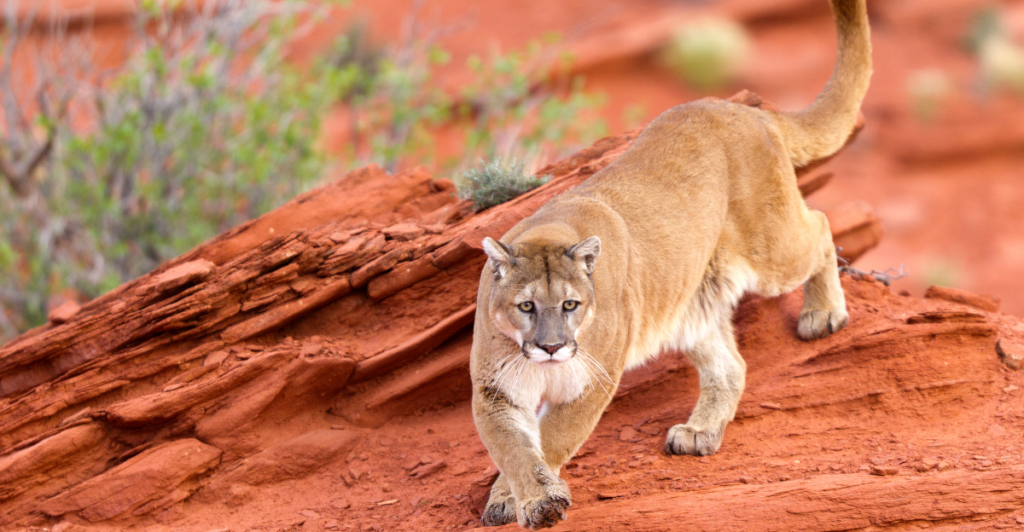
Mountain lions, also called cougars or pumas, are solitary and territorial animals. They primarily hunt deer but will eat smaller prey when necessary. Sightings are most common at dawn or dusk, as these cats are crepuscular. Despite their size and strength, attacks on humans are sporadic. Knowing their habits can help reduce the likelihood of an encounter, as prevention is your best defense.
Avoiding Mountain Lion Encounters
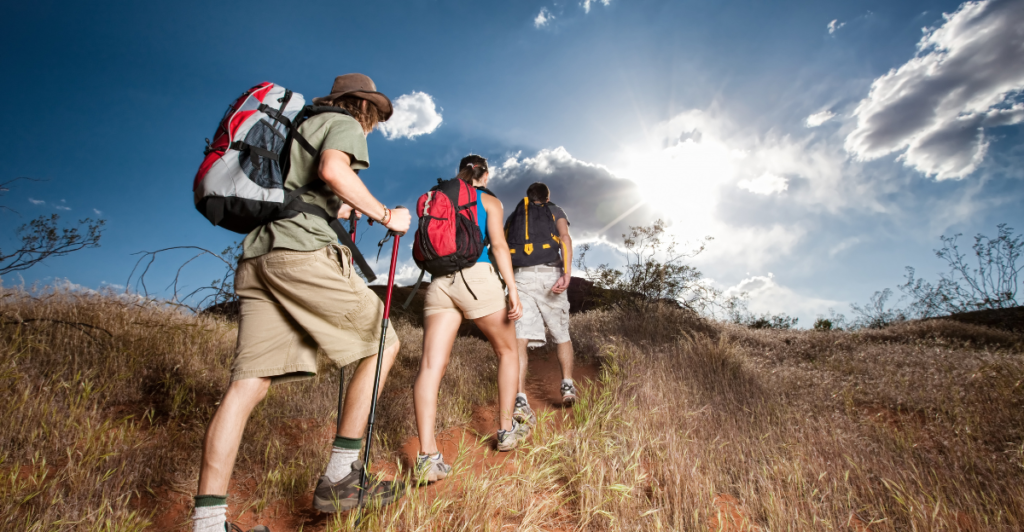
Preventing an encounter starts with awareness. Stay on designated trails, especially in areas known for mountain lion activity. Avoid hiking alone and remain vigilant, particularly during early mornings and late evenings. Make noise as you walk to alert wildlife of your presence. Keeping pets on a leash and avoiding dense brush can further minimize risks. Awareness of your surroundings is key to staying safe.
Recognizing Signs of a Mountain Lion

Look for signs like tracks, scat, or claw marks on trees to identify if a mountain lion is nearby. Tracks resemble large cat prints without claw marks, as their claws retract. Scat may contain fur and bones from prey. If you notice signs, stay alert and consider turning back to avoid venturing further into the territory of a potential predator.
Stay Calm if You See a Mountain Lion
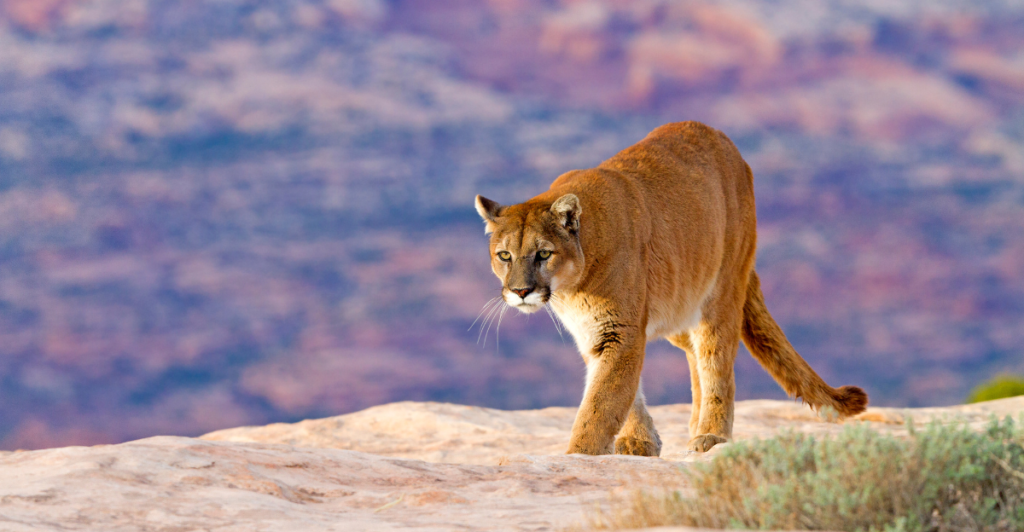
Encountering a mountain lion requires a composed response. Do not run; sudden movements can trigger a predator’s instincts. Instead, maintain eye contact, stand tall, and back away slowly while facing the animal. Speak firmly but calmly to assert dominance and deter the lion. Showing fear or fleeing can escalate the situation, making it more dangerous.
Make Yourself Appear Larger

If the mountain lion doesn’t retreat, take measures to appear larger and more intimidating. Raise your arms, open your jacket, or hold objects like sticks above your head. This can make you seem less like prey and more like a threat. Avoid crouching or turning your back, as this can provoke an attack. Confidence in your body language is crucial.
Defending Yourself If Attacked

Fight back with whatever you have in the rare event of an attack. Use rocks, sticks, or fists to target the lion’s eyes and nose in its most sensitive areas. Protect your head and neck as much as possible. Many victims have survived by fighting back aggressively, demonstrating that determination can save lives.
Protecting Children and Pets

Children and pets are more vulnerable to mountain lions. Keep kids close and ensure they’re aware of safety practices. Pets should always be on a leash and under control. Avoid letting them roam freely in areas with known mountain lion activity. Teaching children to stay calm and stand their ground can also be life-saving in emergencies.
Reporting a Sighting
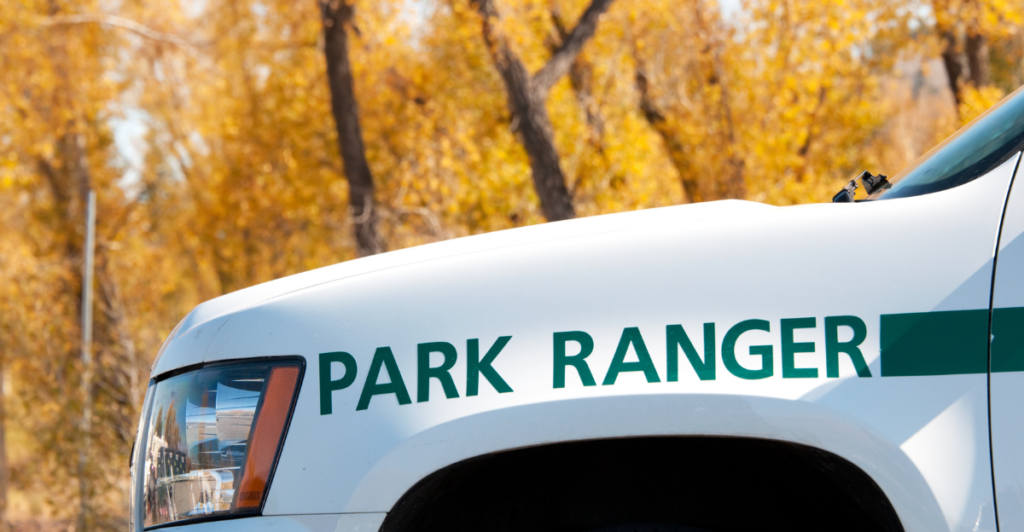
If you see a mountain lion, report the sighting to local wildlife authorities. This helps them track the animal’s movements and issue warnings if necessary. Providing details like location, time, and the lion’s behavior can assist in keeping the community safe. Reporting sightings is a responsible way to coexist with wildlife.
Myths About Mountain Lions
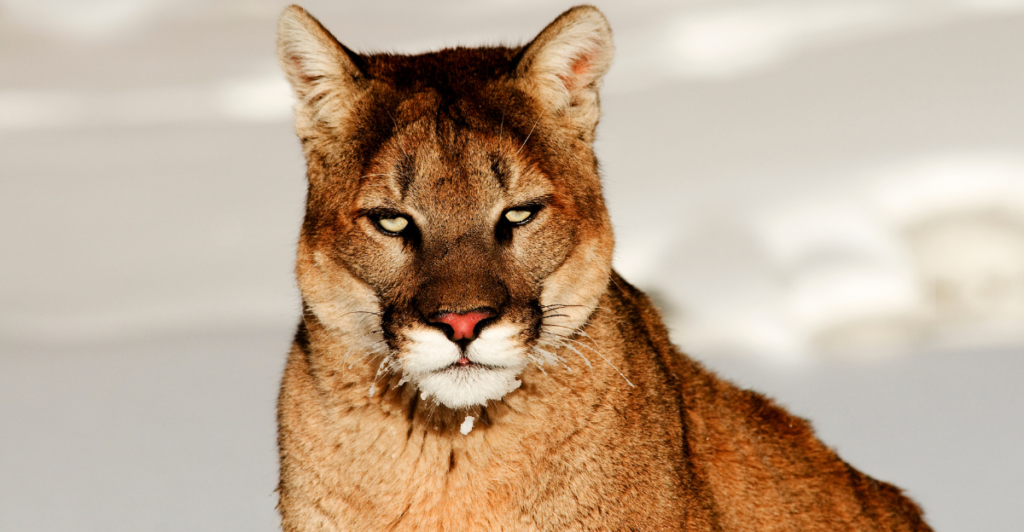
Dispelling myths can prevent unnecessary fear. Mountain lions don’t stalk humans as prey, and attacks are not premeditated. They are more likely to avoid humans unless provoked or desperate. Understanding their true nature fosters a balanced view and reduces panic during encounters. Knowledge combats fear effectively.
Safety Gear for Mountain Lion Areas
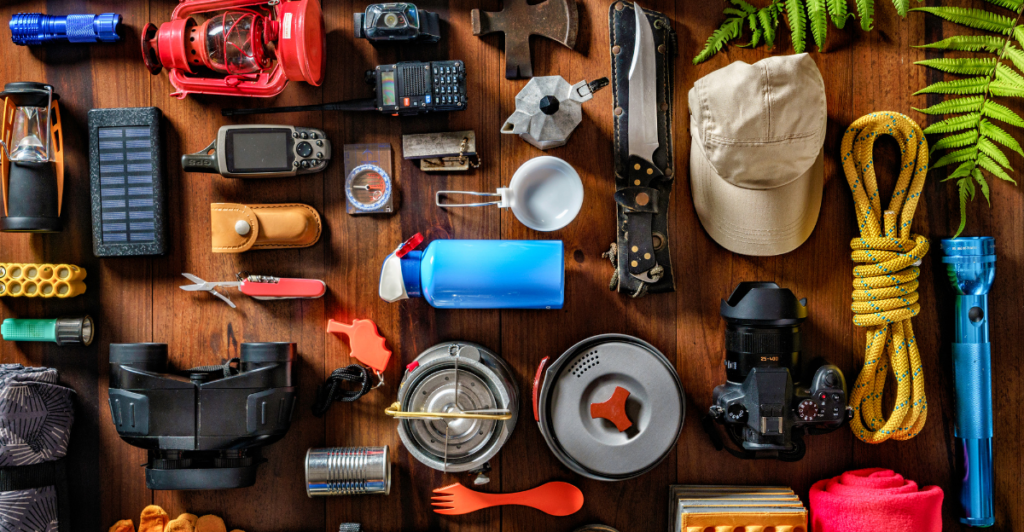
Consider carrying safety tools like a whistle, bear spray, or a sturdy walking stick when venturing into mountain lion habitats. These items can deter an attack or aid in self-defense. Bear spray, in particular, has proven effective against various predators. Being prepared increases confidence and safety.
Post-Encounter Steps

After an encounter, ensure you’re safe and unharmed. If you’ve been attacked, seek medical attention immediately. Documenting the incident can help wildlife officials and medical professionals address the situation appropriately. Sharing your experience may raise awareness and help others prepare for similar conditions.
Respect and Awareness
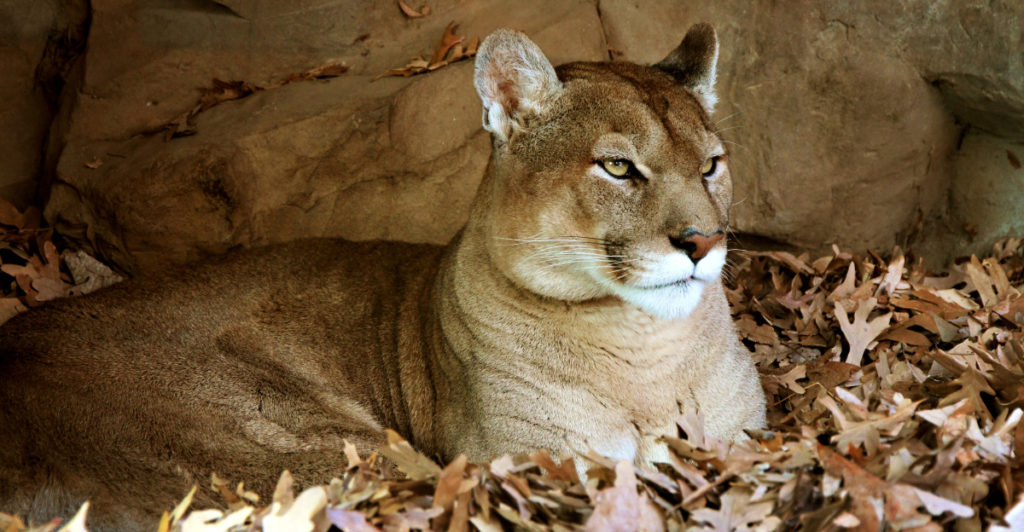
Surviving a mountain lion encounter boils down to respect and awareness. Understanding their behavior, staying vigilant, and preparing for the unexpected ensure your safety while exploring the wild. Remember, mountain lions play a vital role in ecosystems, and peaceful coexistence is possible when humans act responsibly. You can confidently enjoy nature’s beauty while minimizing risks with the proper knowledge.
Discover more of our trending stories and follow us to keep them appearing in your feed

Meet the Massive Crocodiles That Make Their Homes 40 Feet Underground
How Mountain Lions Are Actively Choosing to Coexist and Adapt to Human Activity
Where Mountain Lions Roam: Population Trends Across the U.S. States
California Mountain Lions Are Turning Nocturnal to Coexist with Humans
Stay connected with us for more stories like this! Follow us to get the latest updates or hit the Follow button at the top of this article, and let us know what you think by leaving your feedback below. We’d love to hear from you!







